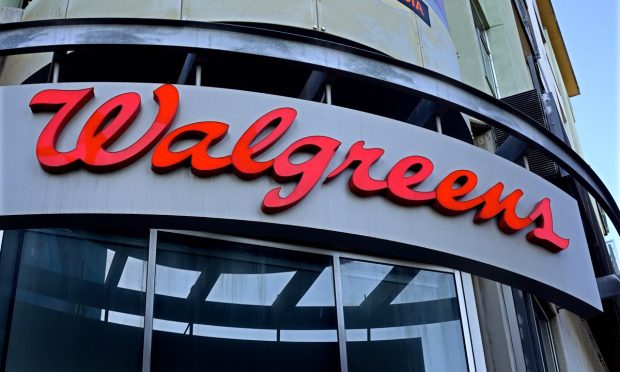
Following the challenges posed by the COVID-19 pandemic’s transition, a leadership reorganization, a shaky foray into health care, and recent labor issues with pharmacy staff, Walgreens is now going “line by line” to see where the company could cut costs.
That’s the latest from the retailer.
During the company’s earnings call on Thursday (Oct. 12), Ginger L. Graham, Walgreen’s interim chief executive officer, said the company would be scrutinizing all projects and discontinuing non-essential ones.
“These actions reduce expenses, but more importantly, they help focus our energy on the most important needs for the business and for our customers,” said Graham.
Those measures are reportedly working.
To start, Walgreens has introduced a perpetual pharmacy inventory system across its entire chain. This system was rolled out to all 9,000 stores last week, offering an all-encompassing view of pharmacy inventory. The main aim of this effort was to reduce excess inventory, enhance working capital efficiency, and simplify workflows. So far, according to Graham, this initiative has received positive feedback from pharmacy staff and resulted in a reduction in tasks at the store level.
Another area where Walgreens has reportedly improved working capital and streamlined store-level operations is by establishing regional micro-fulfillment centers. These centers enable staff to allocate more time to customer interactions, expand the range of health-related products and services, and alleviate some of the staffing pressures in the stores.
Consequently, these centers have bolstered product availability while simultaneously reducing overall inventory levels. According to Graham, the most recent opening of the 11th Micro Fulfillment Center just three weeks ago brings the total number to over 4,300 stores supported, processing more than 2.3 million prescriptions each week across 29 states.
It’s worth noting that Graham has emphasized Walgreens’ decision to temporarily halt the expansion of its fulfillment centers. This pause allows the company to fully leverage the various benefits these centers offer, including the reduction of working capital, improved inventory management, enhanced customer service, streamlined workflows and reduced sales costs. The Walgreens team has set specific performance benchmarks that must be met before the company proceeds with the implementation of the final five locations.
The company is also actively reducing the number of stock-keeping units (SKUs) and addressing slower-moving product categories. Additionally, Walgreens is transitioning eCommerce shipments to be fulfilled by its stores, with a goal of customers receiving their orders within an hour.
In the fourth quarter, Walgreens reported a 9.2% increase in sales, reaching $35.4 billion, with an 8.3% growth in constant currency. This growth was attributed to improved sales in the U.S. Retail Pharmacy and International segments, as well as contributions from the U.S. Healthcare segment.
The operating loss for the quarter was $450 million, down from the previous year’s $822 million loss, partly due to the lapping of a $783 million non-cash impairment charge in Boots U.K. Adjusted operating income was $683 million, reflecting a 9.8% decrease on a constant currency basis, driven by lower COVID-19-related activity.
The net loss was reduced to $180 million, and adjusted net earnings decreased by 17.1% to $575 million. In addition, net cash from operating activities amounted to $1 billion, and free cash flow reached $549 million, mainly due to working capital timing and offset by opioid settlement payments.
For all PYMNTS retail coverage, subscribe to the daily Retail Newsletter.